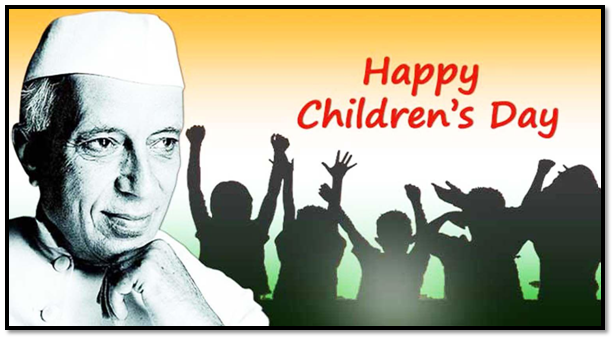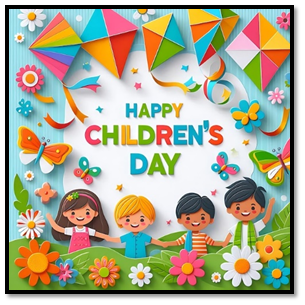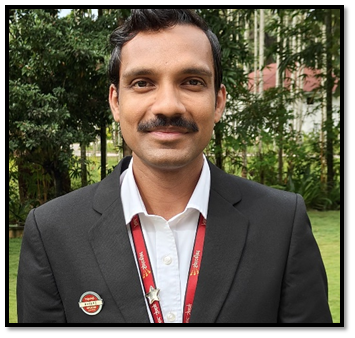Children’s Day: A Tribute to the Future
Children’s Day is a special occasion dedicated to honoring the joys, innocence, and potential of children around the world. Celebrated on different dates in various countries, it serves as a reminder of the rights of children and the importance of nurturing them for a better future.
Children’s Day in India is celebrated annually on November 14th to honor the birth anniversary of Pandit Jawaharlal Nehru, the first Prime Minister of independent India. Jawaharlal Nehru was fondly known as Chacha Nehru by children due to his deep affection and connection with them. He believed that children are the future of the country and must be nurtured with love, care, and education. The day is a celebration of childhood, a tribute to the nation’s future, and a call to provide children with the right to education, a safe environment, and opportunities to thrive.
Before 1964, Children’s Day was celebrated in India on November 20th, coinciding with the Universal Children’s Day declared by the United Nations. However, after Pandit Jawaharlal Nehru’s death in 1964, it was decided to celebrate Children’s Day on his birthday, as a way to honor his contributions towards the welfare and education of children. Jawaharlal Nehru was a key advocate of free primary education and was instrumental in establishing institutions like the Indian Institutes of Technology (IITs) and All India Institute of Medical Sciences (AIIMS), which have gone on to become global canters of excellence.
Children’s Day celebrations in India are a mix of fun, learning, and reflection. Schools and educational institutions organize various activities such as:
- Cultural Programs: Schools across the country organize dance performances, skits, and musical events where children participate actively. These programs often highlight the importance of education and children’s rights.
- Competitions and Games: To encourage creativity and talent, schools host drawing, essay writing, and painting competitions. Sports events like races, tug-of-war, and relay races also bring children together for a day filled with enjoyment.
3. Special Assemblies: Many schools host special assemblies where teachers might take on roles traditionally reserved for students, like conducting classes, in a fun twist that engages the students. Inspirational talks and stories about Jawaharlal Nehru and his vision for children’s welfare are also shared.
4. Distribution of Sweets and Gifts: Children are often given chocolates, sweets, and gifts
during the celebrations. Many schools also organize prize distribution ceremonies to reward students who have excelled in academics, sports, and other co-curricular activities. Awareness Campaigns: On Children’s Day, various non-governmental organizations (NGOs) and government bodies take the opportunity to raise awareness about children’s rights, including the right to education, protection from child labor, and the importance of nurturing a safe and healthy environment for every child.

Jawaharlal Nehru believed that children are the cornerstone of a prosperous nation. He often said, “The children of today will make the India of tomorrow. The way we bring them up will determine the future of the country.” His vision extended beyond mere academic excellence; he wanted children to grow up in an atmosphere of freedom and creativity, where they could explore, express, and achieve their full potential.


While Children’s Day is a day of celebration, it also serves as a reminder of the challenges that many children still face in India, such as:
1. Child Labour: Despite laws against child labour, many children are forced into work due to poverty. Millions of children are still deprived of education and are engaged in dangerous, low-wage jobs.
2. Lack of Access to Quality Education: While the Right to Education Act guarantees free and compulsory education for children up to the age of 14, disparities in the quality of education between urban and rural areas continue to affect children’s growth and development.
- Malnutrition and Health Issues: Malnutrition remains a significant issue, with many children not having access to sufficient and nutritious food. This leads to stunted growth, weak immunity, and other health problems.
4. Gender Disparity: Although much progress has been made in recent years, gender inequality still affects children’s access to education and opportunities, particularly in rural and underprivileged communities.
Children’s Day in India is not just a day of festivity but also a reminder of the country’s responsibility toward its younger generation. It is an opportunity to renew commitments to children’s rights and work towards a society where every child has access to education, healthcare, and a safe environment. While the celebrations bring joy to children across the country, they also highlight the need for sustained efforts to overcome the challenges that continue to affect the nation’s youth.
‘Children are the architects of the future, and nurturing them today ensures a brighter, stronger India tomorrow’.
By: Mr. Sravan Deep G (Duty Supervisor – Bengaluru)




